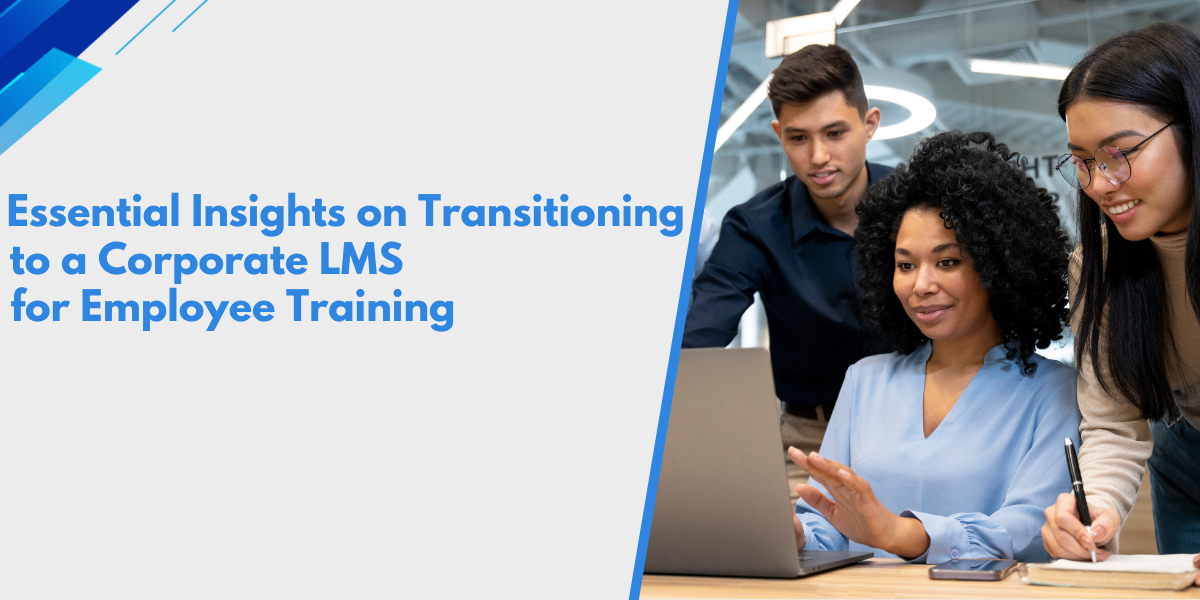As a learning consultant, I get an opportunity to meet clients from across the globe that have requirements of learning interventions in their organization. As we propose solutions to their requirements or challenges they are facing - one key point in every discussion is “the cost”.
I have seen different organizations to have their own standards and metrics to calculate the cost. So I have tried to segregate and simplify this process to calculate the effort and cost in these four simple steps:
Step 1 - Identify the type of learning intervention required
Step 2 - Identify the total effort required
Step 3 - Identify the resource mix required
Step 4 - Arrive at total cost and write assumptions
Step 1 - Identify the type of learning intervention required
There are certain events that trigger the need for a learning intervention. A few examples of such scenarios:
• A new ERP such as SAP or CRM such as Salesforce is being rolled out and the employees need to be trained before the go-live of the system in the organization
• There are updates in the compliance laws so the employees have to be trained on them
• Lot of new hires are joining an organization and a thorough new hire boot camp has to be conducted to ensure that the time consumed by the new hires to be productive is significantly reduced
• Lot of new hires are joining an organization and a thorough new hire boot camp has to be conducted to ensure that the time consumed by the new hires to be productive is significantly reduced
• Customer Support partners or BPO’s at offshore location have to be trained on a new product on which they need to provide after-sales support
• Employees have to be trained on a specific skill such as project management or cultural training while moving to a new country
Before we begin the detailed exercise on cost and effort for developing the learning intervention, we need to identify the type of learning intervention-required -whether we need instructor-led training/e-learning/blended learning. This decision depends on several factors. Some of these factors are:
• Audience profile
• Geographic locations where the learning intervention will be rolled out
• Training infrastructure available with the client
• Training budget
A thorough exercise of training needs analysis has to be conduced to identify the type of learning intervention required and its approximate duration.
Step 2 - Identify the total effort required
Once we have identified the type of learning intervention required. We need to identify the effort required to develop the learning intervention. There are standard development ratios with each type of learning intervention
There is a range given in the development effort because at times the learning solution may not have all the features from one level. For example, you may want some whiteboard animations in level 2 e-learning. Therefore, we can take an effort on the higher side of the range.
Depending on the number of hours of learning intervention and its level we can arrive at the total effort required.
Step 3 - Identify the resource mix required
Let’s understand this step with the help of an example. Consider that in step 2 you identified that 10 hours of Instructor-led training (Level 1) and 10 hours of e-learning (Level 1) is required.
Learning Intervention - Instructor-Led Training
Duration - 10 hours
Development effort - 10 hours duration * 100 hours development effort of 1 hour (development effort rations stated in the previous table). Next, we need to breakdown the effort for each activity, as shown in table below.
Learning Intervention - E-learning Level 1
Duration - 10 hours
Development effort - 10 hours duration * 180 hours development effort of 1 hour (development effort ). Next, we need to breakdown the effort for each activity, as shown in table below
Some companies charge project management and QA effort above and beyond the development effort.
The key aspect of doing this exercise is to identify how many instructional designers/graphic designers/developers/QC resources/Project Managers you would require. For example, if the instructional design effort is 352 hours, you need 2 Instructional designers to complete this job in one month (352 / 22 (working days in month) * 8 (hours per day))
Once you have identified the number of resources required. You need to come up with a staffing pyramid. For example, if there are 12 instructional Designers required; then it is advisable to have two instructional design leads with each of them leading a team of 5 instructional designers.
The next step is to calculate the cost based on the total effort required
The per hour rate varies depending on the country, size of the deal (on long term projects discounted rates are provided). I have noticed that leading consulting firms that carry out development in India also charge $45 USD per hour for an Instructional Design Analyst role. Whereas organizations (like us:-)) charge only $15 USD for a similar or better resource.
Step 4 - Arrive at total cost and write assumptions
Calculating total cost is easy once you have the development cost ready. You need to add these costs (wherever applicable)
• Audio recording cost
• Infrastructure cost (in case you have to setup a secure bay per the client information security requirement)
• Software license cost
• Taxes
The last step but indeed a crucial one is to add “assumptions”. When I started responding to RFP’s for learning requirements.
My mentor told me that you should spend more time in writing assumptions than calculating development effort. I would say that it is absolutely true. I have seen instances where a simple assumption has just saved your life like 'after audio script is signed off, any changes to audio would be marked as a scope change request', “Feedback from various stakeholders should be sent consolidated and should not be contradictory”, and many more. Each assumption has to be carefully written and it is better to get it peer reviewed.
So once you have the cost and assumptions ready, you are good to go.
I hope this information was helpful. If you have any questions, please feel free to write to me at saurabh.kathuria@infonativesolutions.com




